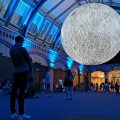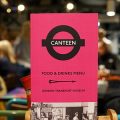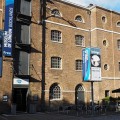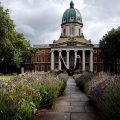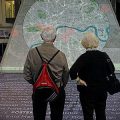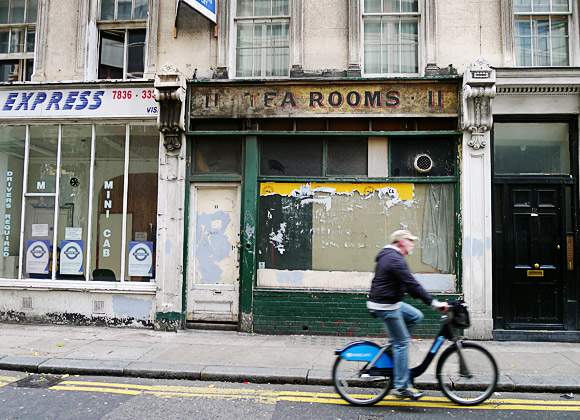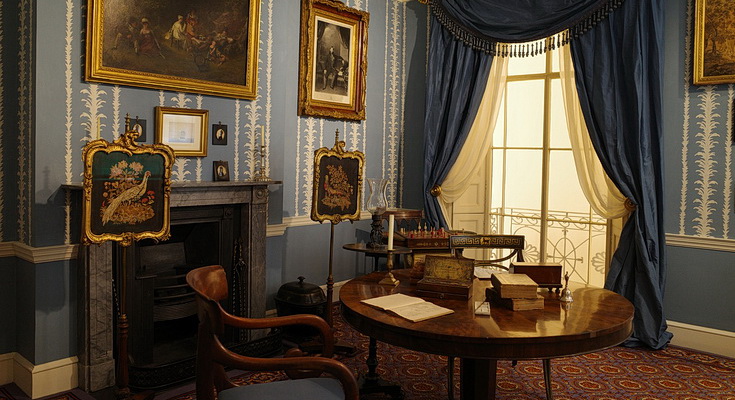
Formerly the Geffrye Museum, the Museum of the Home is located in the old Geffrye Almshouses on Kingsland Road, Shoreditch, London.
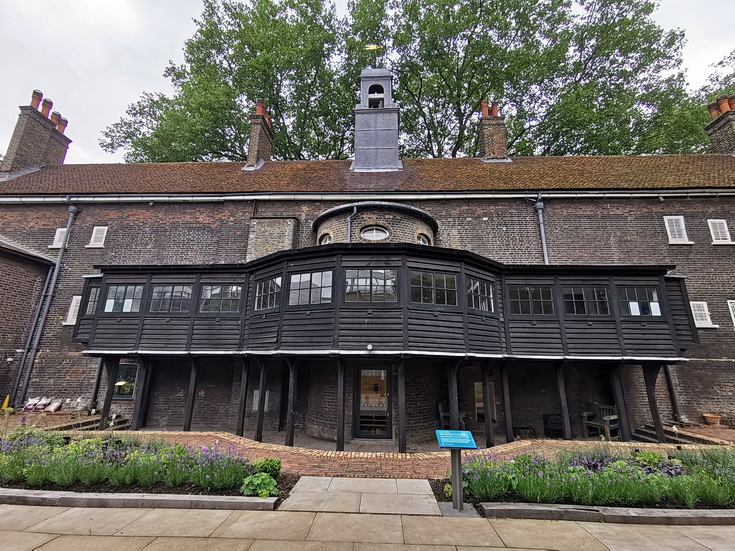
The free museum explores home and home life from 1600 to the present day, with a series of fascinating period room displays, each one full of detail and interest.
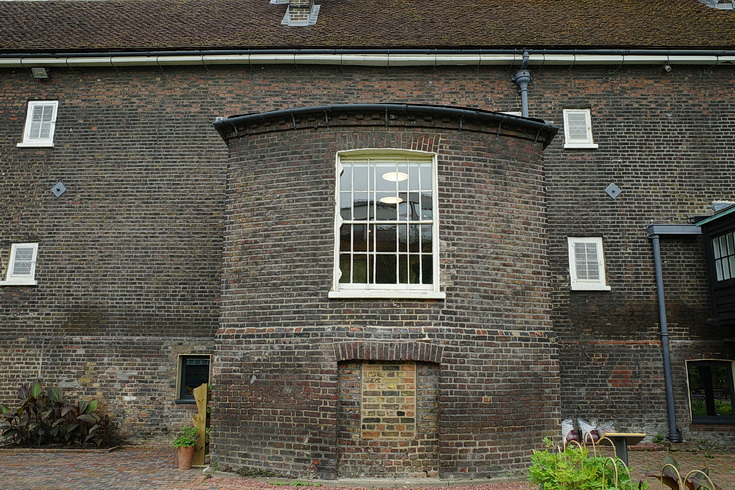
The exhibits are contained in the 18th-century Grade I-listed former almshouses that for 200 years provided free housing to the widows of ironmongers.
These were built in 1714 thanks to a bequest by Sir Robert Geffrye, a merchant who had served as Lord Mayor of London and Master of the Ironmongers’ Company.
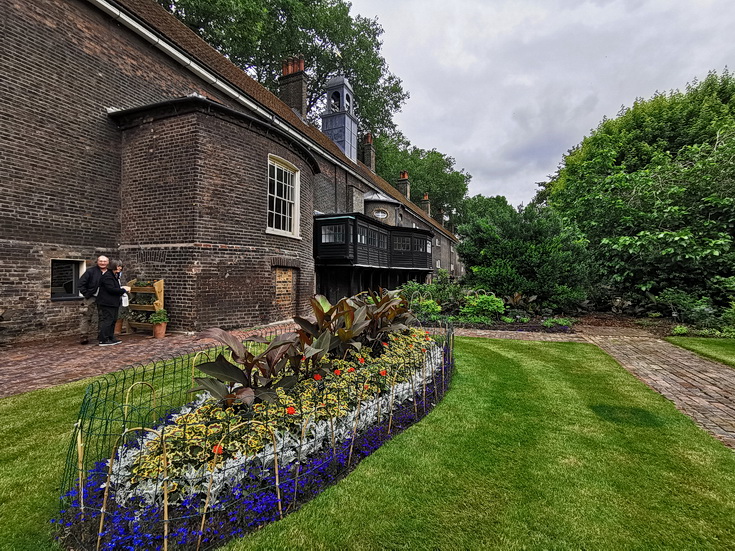
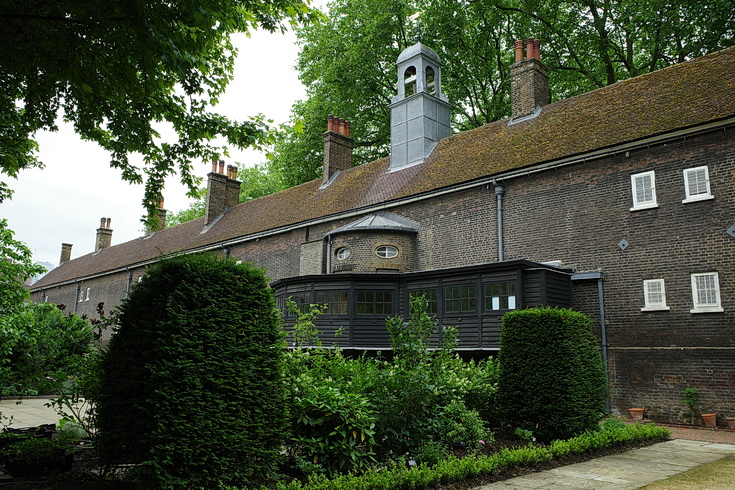
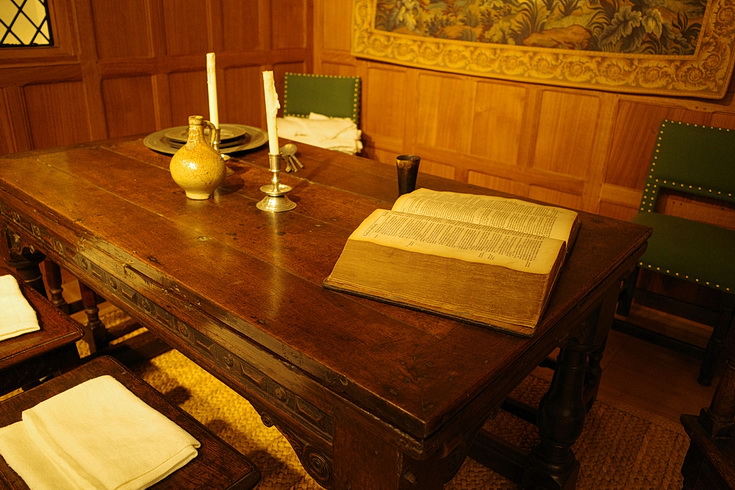
Inside you can view recreated rooms from 1600 up until recent times.
A hall in 1630 (above)
This was the most public space in the house, where the family and their household took meals and conducted business. It would have been hectic from dawn until dusk: the children were educated here and the servants often slept on the floor in the evening.
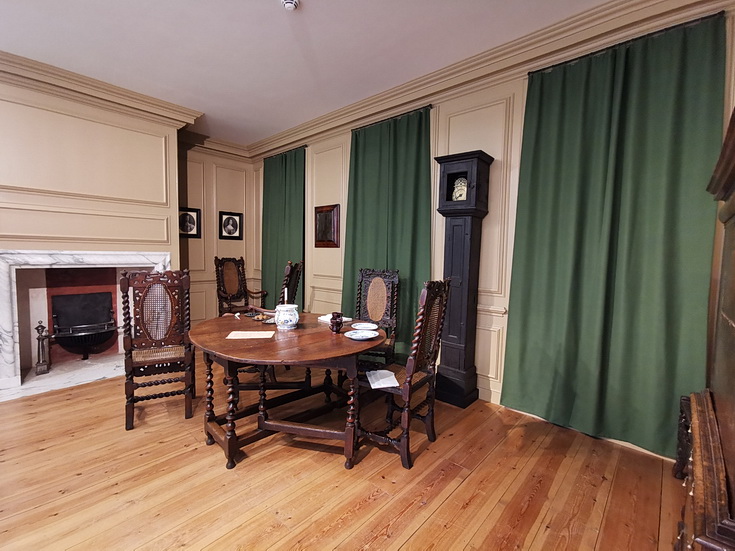
A parlour in 1695. After the devastation of the Great Fire of London in 1666, thousands of new homes were built. The parlour was an important space for entertaining and was where the family displayed their wealth and status through their furnishings.
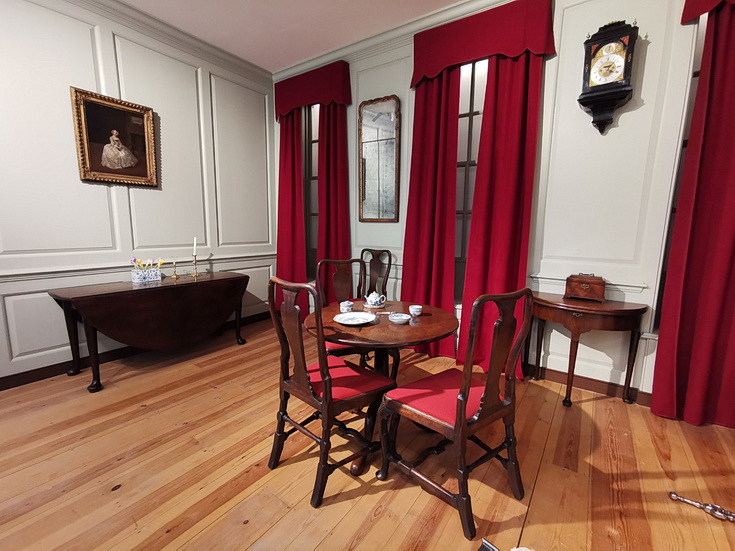
A parlour in 1745. A drive for new goods and products created a violent, exploitative colonial trade. Mahogany, tea and sugar arrived in Britain, but at a huge cost to the countries and people exploited.
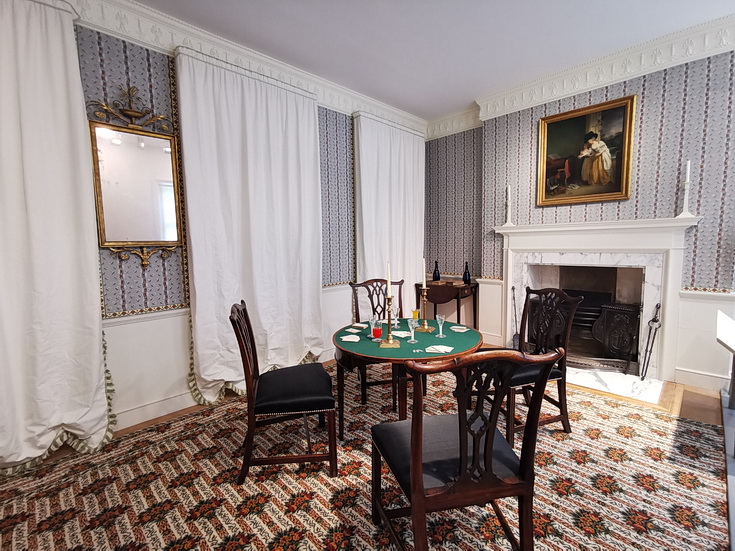
A parlour in 1790. As a room for entertaining this room would have been kept spotless, light and bright to impress guests. Activity in the room was set by strict social guidelines around propriety and decency.
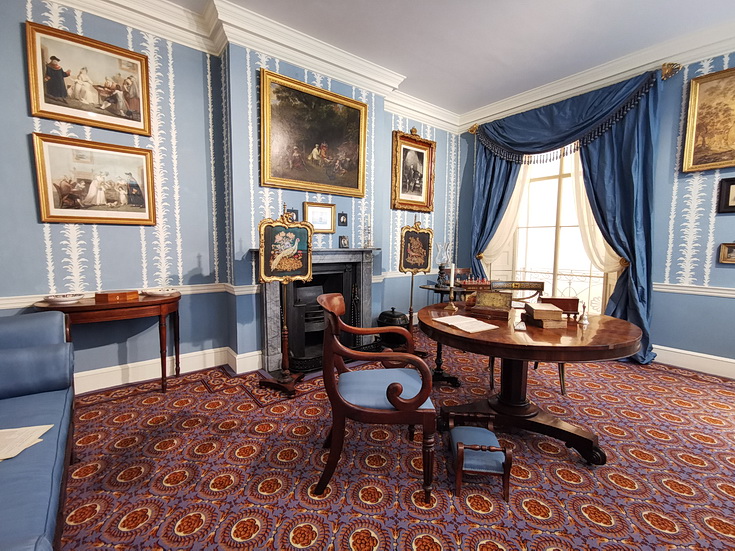
A drawing room in 1830. By the 1830s this room was a female domain, used primarily by the women of the house for activities deemed appropriate, like reading or painting. There was also a growing interest in interior design, with a number of influential publications giving advice.
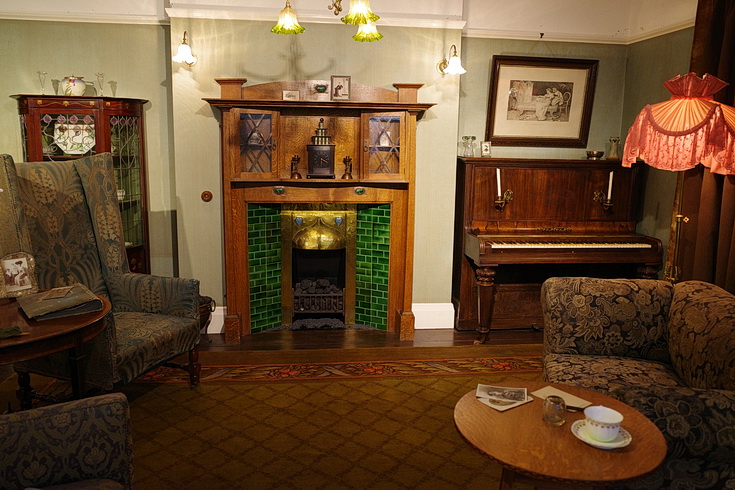
A drawing room in 1915. This room was a comfortable and relaxing space, fitted with modern technologies like electric lamps. The popular Arts & Crafts style dictated that furnishings should be simple and ‘honest’, while the French windows allowed sunlight and fresh air into the room, considered vital to good health.
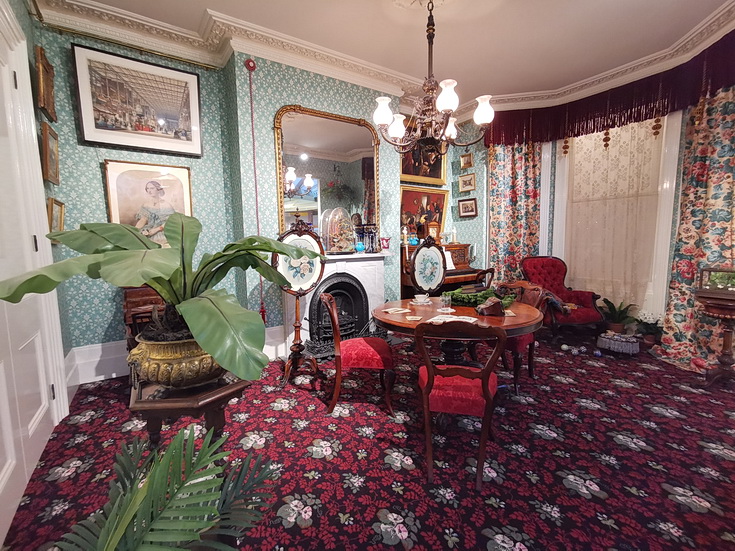
A Victorian parlour from 1870.
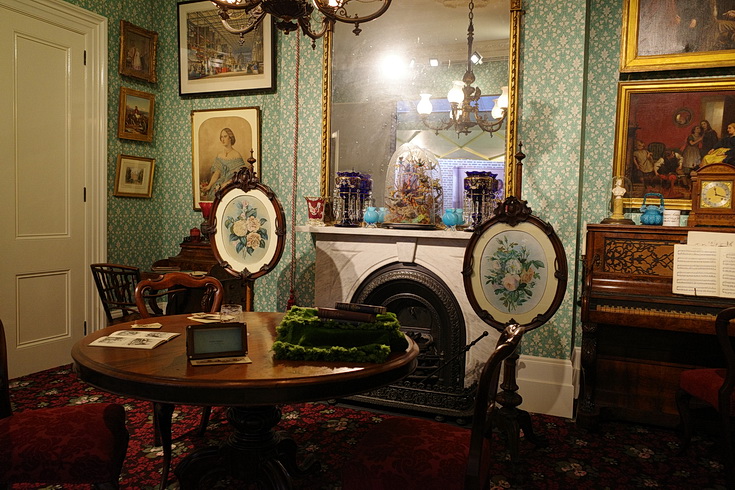
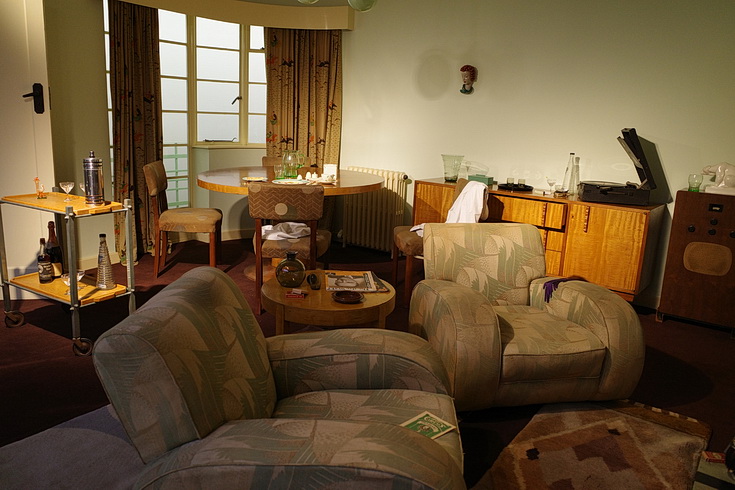
A living room in 1937. Convenience was key in newly-built flats like these. They were decked out with all the latest mod-cons to keep the residents warm, clean and comfortable.
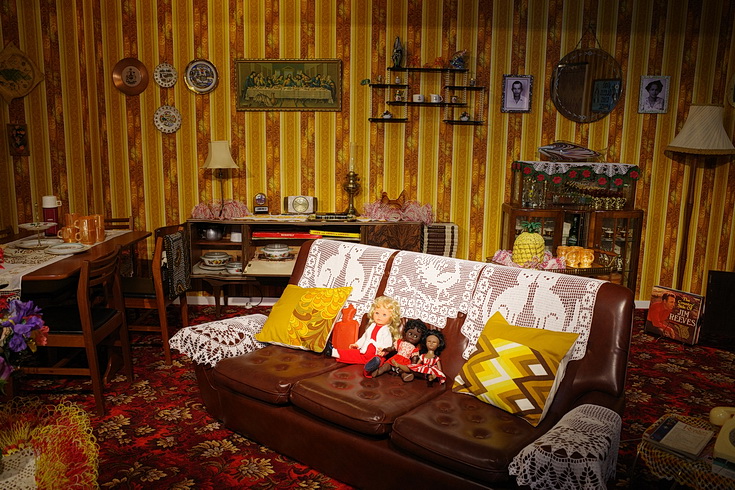
Curated by Michael McMillan, the 1970s front room explores the migrant experience of African-Caribbean families setting up home in the UK in the mid-20th century.
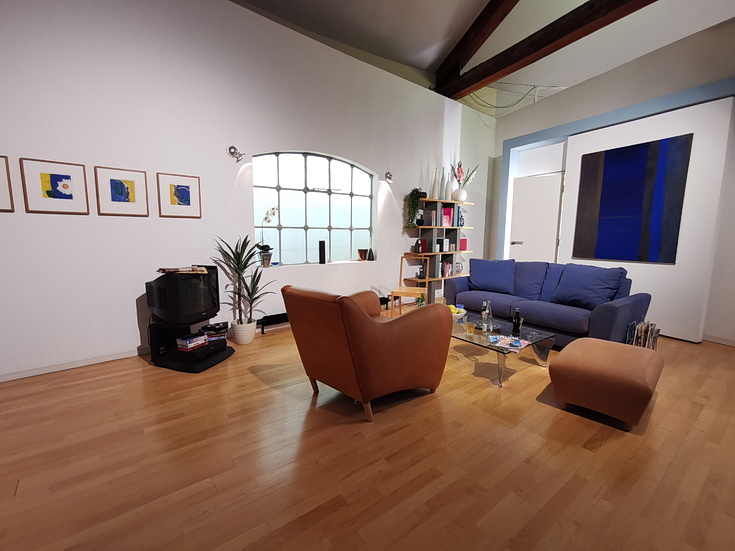
Loft-style apartment 1998. Industrial and commercial buildings were converted into residential units, leading to higher rents and the gentrification of East London. Flexibility and space were a key feature of loft apartments. The living space was framed by big windows and the open plan kitchen/dining room was divided into zones by the furniture.
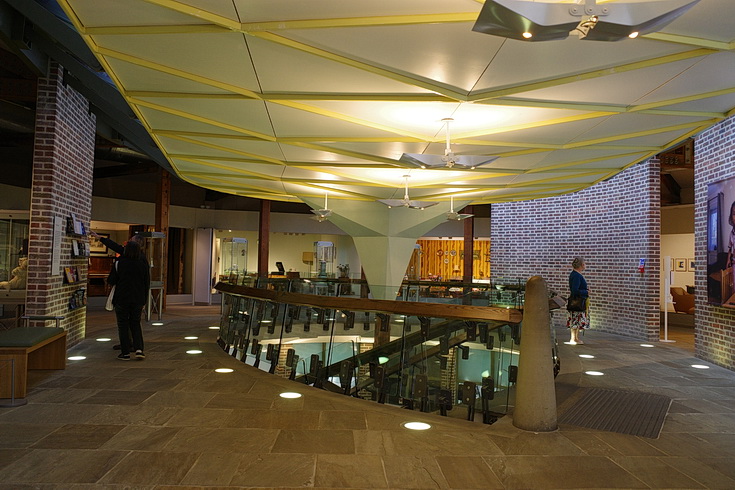
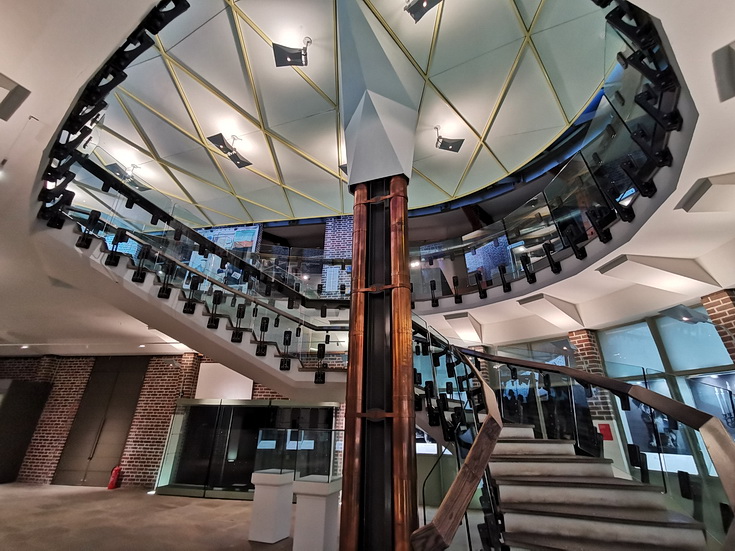
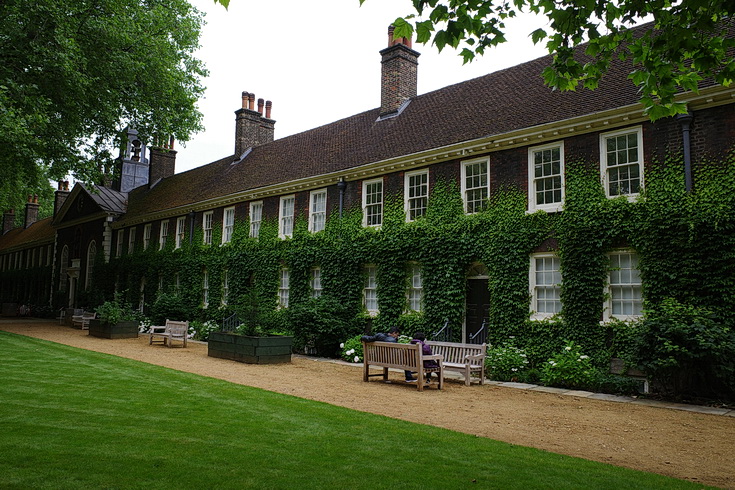
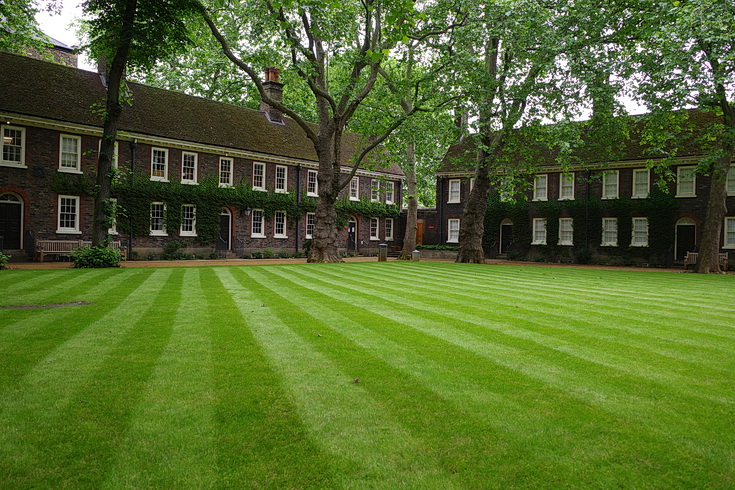
More info
Geffrye Almshouses
136 Kingsland Road
London, E2
Open Tuesday – Sunday
10am–5pm (last entry 4pm)
Entry is free but for now all visitors need to book a timed ticket in advance.

